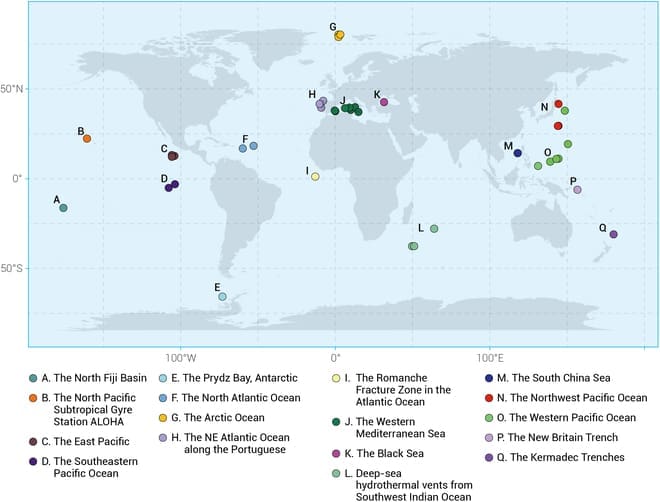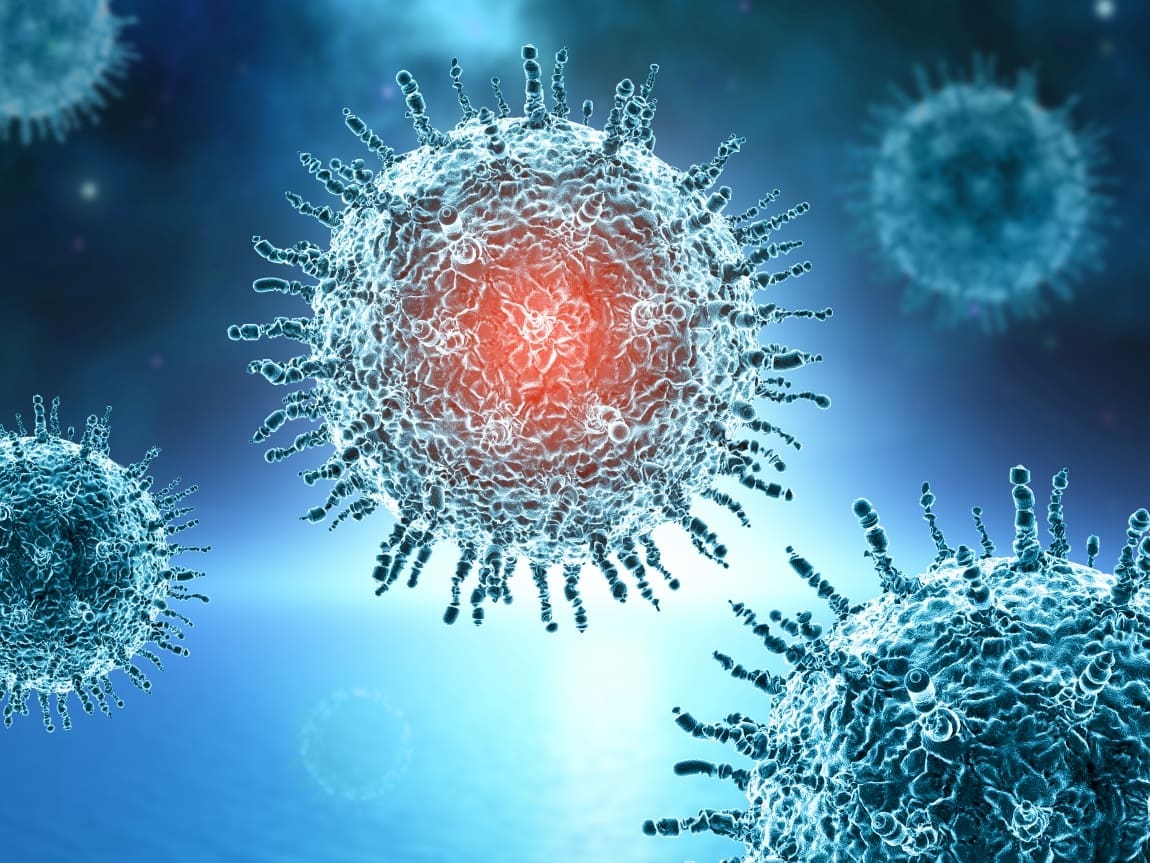Tiny yet influential, deep-sea viruses play a pivotal role in shaping the global ocean environment and the Earth’s biogeochemical cycles. These understudied microbes, concentrated in sediments and shaped by depth and location, influence energy cycling, gene evolution, and nutrient release through their interactions with host organisms.
Research published in Ocean-Land-Atmosphere Research highlights their importance in processes affecting life across and beneath the surface, revealing potential influences on climate and ecological resilience amid global warming.
OLAR – The significance of deep-sea virology and its impacts on global climate and biogeochemical structures is not unknown, though its importance might be understated
Despite their tiny size, viruses have a significant and rippling impact throughout all facets of life, including that of the deep sea. Deep-sea viruses are no doubt understudied, but some facts known about their existence might give future researchers some insight into climate-related changes on a global level, such as the relationship between deep-sea viruses and the global ocean environment.
Uncovering the significance of their community structure, host interactions and ecological functions and impacts are pivotal to the understanding of how these deep-sea dwellers can affect life both above and below the surface.

“The deep-sea virus community displays distinctive distribution patterns, which are significantly influenced by ocean depth, geographical location, and specific environmental factors. In marine ecosystems, the ecological roles of deep-sea viruses are primarily manifested in facilitating deep-sea energy cycling and mediating gene evolution,” said Ying Han, author of the review.
Although one might think studying microscopic viruses in the ocean’s vastness is futile, research has concluded deep-sea viruses do abide by some patterns and influences of the ocean.
For example, they tend to show clear distribution patterns throughout the ocean and appear even more so influenced by the depth of the ocean rather than the specific location. Additionally, deep-sea viruses appear to congregate more abundantly in communities in sediment rather than the samples of surrounding water.
However, those factors alone are not how deep-sea viruses play into the global climate of the ocean. Deep-sea viruses impact the global ocean environment by means of infection. By infecting communities, viruses can promote the release of carbon or nutrients into the ocean as a secondary effect to their primary focus of staying “alive.”
Another effect viral infection can have is the increased survivability of the hosts as the virus assists it in staying alive through horizontal gene transfer and lysogenic infection.
Horizontal gene transfer, or HGT, involves the passing or sharing of genetic material through organisms that are not related and is a major way bacteria and viruses can adapt so quickly. Lysogenic infection occurs when a virus hijacks a host cell and forces the host cell to produce viral DNA to perpetuate infection.
These are likely the primary mechanisms viruses use to impact the ocean’s microbial community and, in turn, the biogeochemical cycle as a whole. The biogeochemical cycle encompasses the more well-known water cycle, as well as the nitrogen and phosphorous cycle.
All of these cycles rely on natural systems in place, such as the properties of water to become oceans or rain, and bacteria or viruses to keep key elements such as nitrogen moving throughout the earth to be available for all forms of life to use. As further research is done, it is becoming more evident communities of deep-sea viruses appear to have an important role in this cycle.
“Future studies will concentrate on deep-sea and trench viruses, particularly RNA viruses, to gain a deeper understanding of the role of viruses in the ocean and their impact on global climate, and to aid in addressing the ecological challenges posed by global warming,” said Han.
In addition to the information gleaned regarding the role viruses have on the earth’s climate, researchers hope this information can also lead to better responses under the stress of potential future ecological events.
***
Ying Han, Yantao Liang, Andrew McMinn and Min Wang of the College of Marine Life Sciences at Ocean University of China, with Yanto Liang also of the UMT-OUC Joint Center for Marine Studies, Andrew McMinn of the Institute for Marine and Antarctic Studies at University of Tasmania, Min Wang of The Affiliated Hospital of Qingdao University and Chen Gao of the HaiDe College at Ocean University of China contributed to this research.
The Natural Science Foundation of China, the Laoshan Laboratory and the Fundamental Research Funds for the Central Universities funded this research.
Journal Reference:
Ying Han, Chen Gao, Yantao Liang, Andrew McMinn, Min Wang, ‘Diversity and Ecological Roles of Deep-Sea Viruses’, Ocean-Land-Atmosphere Research 3: 0067 (2024). DOI: 10.34133/olar.0067
Article Source:
Press Release/Material by Ocean-Land-Atmosphere Research (OLAR)
Featured image credit: kjpargeter | Freepik




